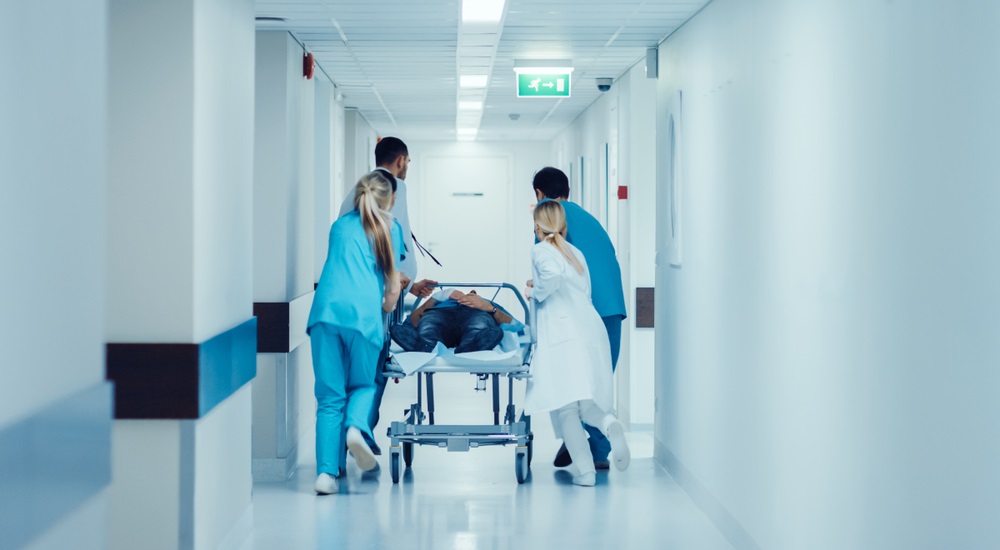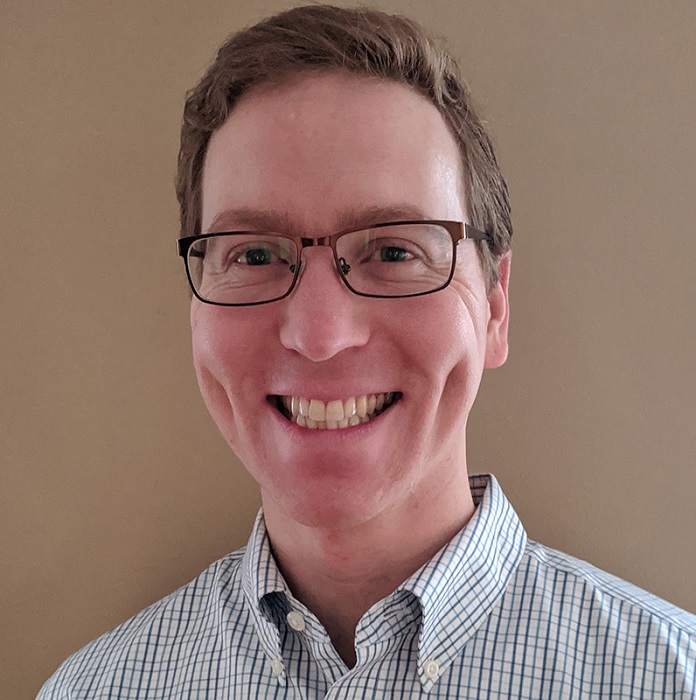 GORODENKOFF/SHUTTERSTOCK
GORODENKOFF/SHUTTERSTOCK
There have been calls to declare gun violence a public health crisis. I would agree with this statement, which largely speaks to the rising prevalence of gun violence. However, calling it a public health crisis doesn’t convey the magnitude of gun violence. It seems like people name a thing a crisis to get things done, so there’s an oversaturation with the term.
Gun violence is different. Think of the brutality and immediacy of death that results from gun violence. I wouldn’t put that on par with other public health epidemics like obesity or tobacco use. Yes, these problems are serious and claim lives, but their progressive course does not disrupt communities the way gun violence does. And yes, we must include gun violence from police too, as that type is even more damaging.

Sean Snyder
Any loss of life is serious. Every life is precious. But gun violence is something external too. People who die from gun violence don’t die because of an accumulation of health risk factors. They die because someone else chose to end their life. That is downright traumatic.
So yes, it is a public health issue that requires a systemic response to consider how we can prevent gun violence from happening. But we need something for the immediate response, and let’s call it what it is: Gun violence is a disaster, it is catastrophic. It is a public health emergency.
There are guidelines on how to handle such emergencies. One of the evidence-based practices to prevent PTSD and to respond to disasters (I’m a licensed clinical social worker) is psychological first aid. The Veterans Administration describes it as a way “to reduce initial distress, and to foster short- and long-term adaptive functioning. It is for use by first responders, incident command systems, primary and emergency health care providers, school crisis response teams, faith-based organizations, disaster relief organizations, Community Emergency Response Teams, Medical Reserve Corps, and the Citizens Corps in diverse settings.” There are things that work to help communities recover.
On one hand, it would take a lot of system resources to implement PFA. It would take thoughtful consideration of who would be the most acceptable and appropriate persons to deliver it. Should it be the community members themselves? Should it be a formal group of “helpers”?
Lessons to help communities under fire
At the same time, we don’t want to pathologize or medicalize disaster responses where it is something communities can’t respond to with their own resources or require a professional to intervene. But we can learn lessons from PFA principles that can hopefully help communities and align the right resources to communities.
Core strategy one, engagement: Don’t make assumptions about what survivors are experiencing or what they’ve been through. Most acute reactions are understandable and expected. Not everyone will be impacted similarly. Don’t assume that all survivors want or need to talk to you. But be there. Really be there and maintain a calm presence.
Core strategy two, stabilize: Sometimes information is all that is needed. Do your best to provide accurate information. Learn the facts and don’t speculate and provide inaccurate information. Protect from future harm and attend to physical needs as applicable and appropriate.
Core strategy three, connect: Connect people with their supports, either socially or emotionally. They may have go-to people or go-to coping skills that can help them relax themselves.
So Philadelphia government, look at your infrastructure. How can you best engage your citizens? What can be done to respond and stabilize? How can we connect people to their supports and what works for them? Beyond just training (which could be helpful), how can we empower communities? How do you use what you already have to be even more responsive?
If we can’t prevent these things from happening through socio-economic changes, the least we can do is limit the damage.
Sean Snyder, MSW, LCSW is a licensed clinical worker practicing and teaching in Philadelphia. He enjoys Phillies baseball.



























